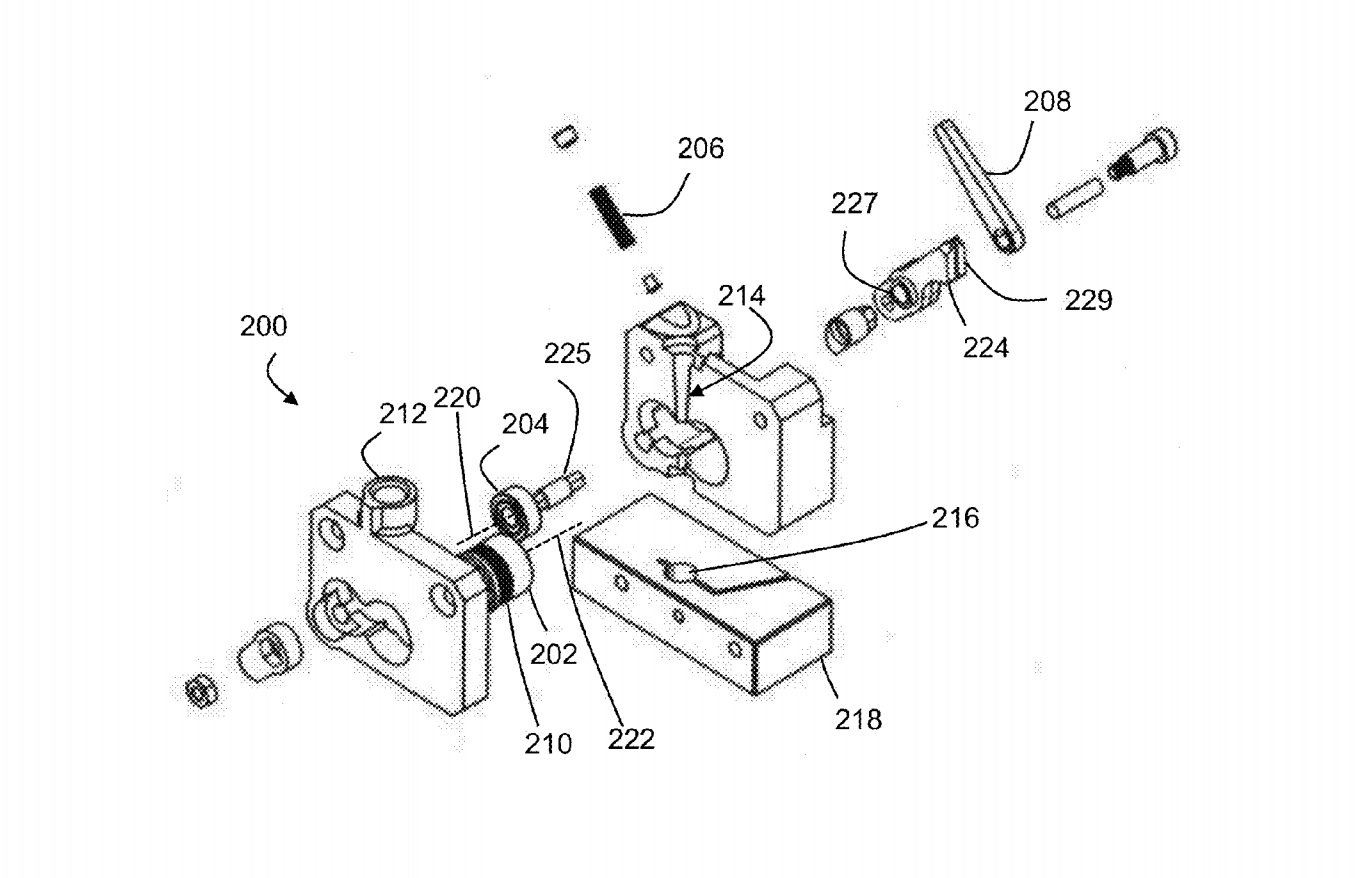
Controversy this week regarding MakerBot’s aggressive patent filings. Why the controversy? Because the concepts were originally donated by supporters in good faith to further the cause of 3D printing. And now MakerBot has patented them.
Two examples of this pattern exist. OpenBeam reports their work on an auto-leveling system for RepRap printers has apparently been patented by MakerBot. Secondly, the Quick Release Extruder, originally designed by Thingiverse user Whosa whatsis, has also been patented. Whosa whatsis says on Google Plus:
Oh fuck no. +MakerBot is trying to patent my work too.
There are likely other instances of this pattern occurring: innovative maker members of the MakerBot/Thingiverse community developing ideas that have subsequently been patented by MakerBot/Stratasys. Needless to say, the community is profoundly disturbed.
It’s questionable whether MakerBot can actually do this, given that the designs were supposedly provided to Thingiverse via a Creative Commons license that prevents subsequent patenting. However, there may be “fine print” in the Thingiverse terms of use license that may override the CC license.
Regardless of the legality, it is truly bad form to do this, particularly when the patent doesn’t even mention the originator as the inventor.
However, MakerBot/Stratasys’ lawyers and leaders evidently believe this is an appropriate corporate strategy. For us, it means this:
- Confirmation that Stratasys is very aggressively pursuing patent strategies
- A high probability that a large portion of Thingiverse contributors will abandon the service
- Confirmation that MakerBot is now focusing solely on consumers and no longer the DIY community
- Stratasys management approaches are used at MakerBot
Via Google Plus and OpenBeam

